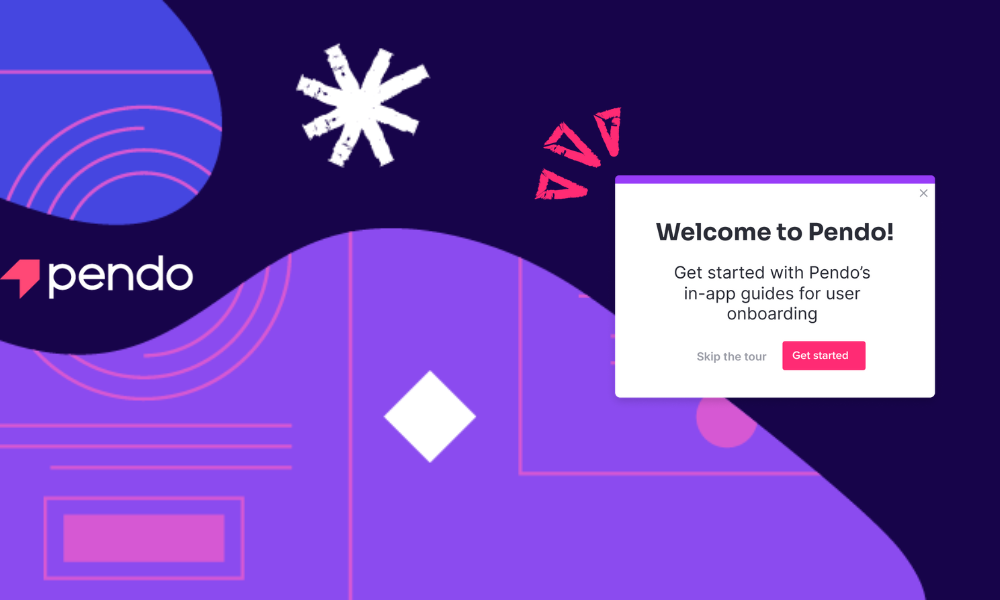Hi, I’m James. Thanks for checking out Building Momentum: a newsletter to help startup founders and marketers accelerate SaaS growth through product marketing.
SPONSORED
Ensure customers realize value quickly with Pendo’s in-app guides for user onboarding

Help users find value fast by welcoming users with in-app onboarding specific to their needs. With Pendo Free, one person can quickly build on-demand, contextual, in-app onboarding and scale it to thousands of users. You’ll save money while improving your product experience.
“Sales have asked for a competitor comparison battlecard that they can send to prospects.”
Dangerous for many reasons.
We never want to sling mud around or disrespect competitors. That’s not a good way to sell.
We want customers to focus on why they should use us – not why they shouldn’t use others.
Feature comparisons are even more dangerous. We will never 100% know whether a competitor has specific features or not. Not only does that open us up to legal claims, if our understanding is incorrect it can make us look slimy by not telling the truth.
Every competitor is, ultimately, a good choice in it’s own way for a specific type of customer. Their benefits and shortcomings will make perfect sense for a type of customer in a certain situation.
Your goal, as a product marketer or sales rep, is to focus on why your solution is the best solution for the prospect you’re engaging with. The best way to do this is to influence the prospect’s requirements and buying journey by getting ahead of the sale.
Create the ultimate buyer’s guide
If you don’t have this already, put it on your to-do list immediately.
Creating a clear, concise buyer’s guide is a must-have piece of content that you promote to pretty much every prospect, whether they came from inbound or outbound.
Our goal with the buyers guide is to remove the cognition that a buyer must do to decide what their requirements should be, and why.
It’s our opportunity to introduce and highlight a particular frame – a concept that already exists in the buyer’s mind. We get to influence their decision criteria, let them know what they should and shouldn’t be looking for, and help them understand exactly why your product is the one they should choose.
Your buyer guide outline might be something like this:
Category overview
This sets the scene for your readers on how they should interpret the market – positioning your business at the leading edge. You may want to call out specific sub-categories, which can be used to position competitors and alternative solutions as good… but for other contexts.
“When to buy or switch”
This section builds on what you know from the common triggers and motivations that encourage your ideal buyers to search, switch, or buy an alternative solution. This is your opportunity to pinpoint and dial up the pain that customers are likely experiencing.
Explore key features
This section might refer to features, but actually we’re exploring key areas of value that your customers desires. A prime opportunity to call out the must-have features your product has – and why they’re so important to delivering good outcomes.
How to evaluate and compare solutions
We’re now educating buyers on the process they should follow, what they should consider, and other things to watch out for in the purchase process. It’s an opportunity to suggest the standard things (like value and ROI, not just cost) as well as things that are unique to you.
Implementation considerations
Ease of implementation and quick time-to-value is a great differentiator. Educating buyers on what they should consider when evaluating other products is where you can go to town on your approach versus others, especially when you have fundamentally different implementation concepts.
Case study
Why would you not take the chance to shout about a successful customer experience? Use this an opportunity to talk about why the customer chose your solution, as well as how they use the product and the results they’ve seen. This helps build social proof and makes your product feel tangible.
Why choose us
Finish up your buyer’s guide with a persuasive message that really resonates with your ideal customers. Reinforce the framing you’ve set out at the start, why it’s the right product for them, and remind them of the valuable unique differentiators that set your product apart from the rest.
Inform, educate, and support buyers on their journey
Not only can you create a buyer’s guide as a full-funnel piece of content, but you can take it to the next level by creating an evaluation template that prospects can use throughout their consideration process. Handily, the template will include several features and capabilities that highlights your product’s benefits… whilst competitors don’t meet the standard.
With these two pieces of collateral in your toolkit, you’ll be driving faster sales cycles, justifying higher pricing, and create happier customers – without the inconvenience and potential downsides of creating shareable competitor comparisons.
Thanks for reading! Let me know what you thought – find me on Twitter and LinkedIn.
P.S. If you’ve found value in Building Momentum, could you buy me a coffee? Here’s my tip jar – any support is gratefully appreciated!
P.P.S: If you enjoyed this post, will you share Building Momentum with your network?



